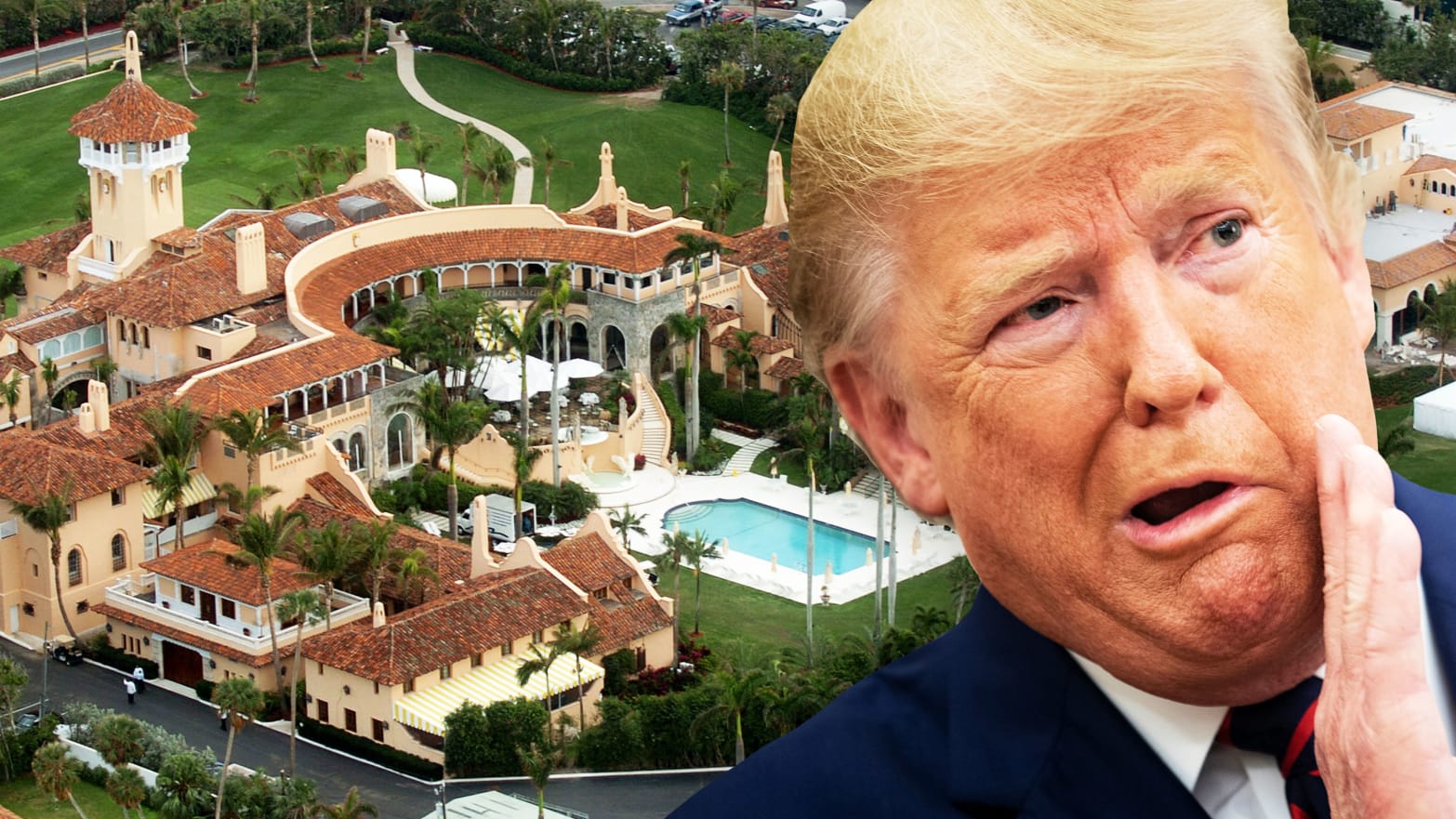
WHAT COULD HAVE BEEN A BLACK OP WITH PLAUSIBLE DENIABILITY FAILED TO TAKE INTO ACCOUNT THE PUBLICITY SEEKING NARCISSIST WHO IS POTUS
TRUMP'S INTELLIGENCE SOURCES, AND DEFENSE COMMITTEE ARE HIS WEALTHY GUESTS AT MAR A LAGO

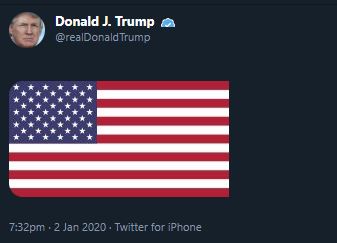

 |
1/3/20  |
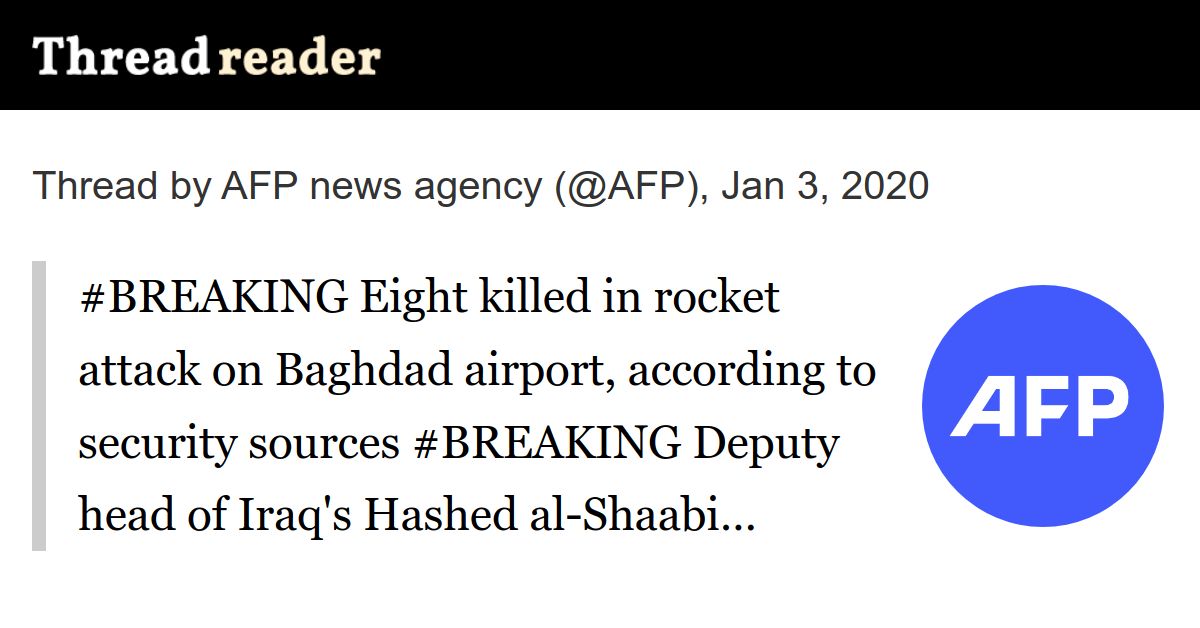
How Trump made the decision to kill Suleiman
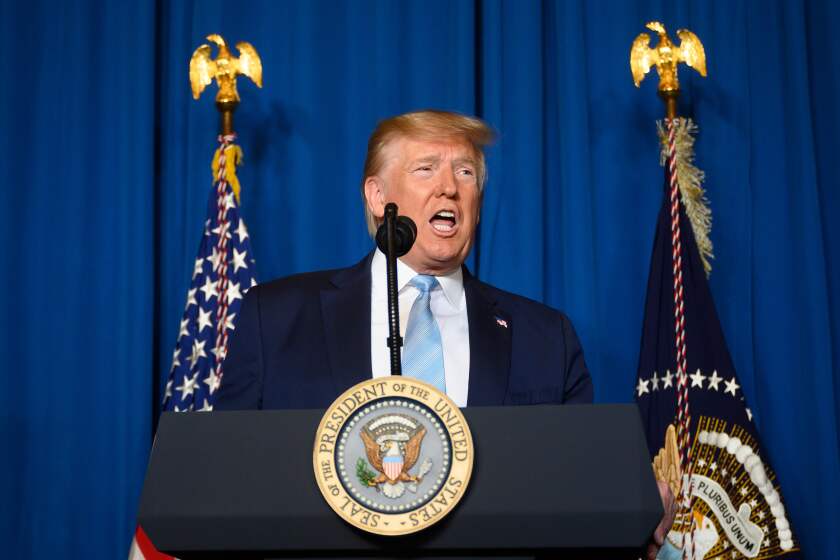
President Trump at his resort in Palm Beach, Fla.
(AFP/Getty Images)
WASHINGTON —
When President Trump’s national security team came to his Mar-a-Lago resort in Florida on Monday, they weren’t expecting him to approve an operation to kill Gen. Qassem Suleimani.
Secretary of State Michael R. Pompeo, Defense Secretary Mark Esper and Gen. Mark Milley, chairman of the Joint Chiefs of Staff, had gone to Palm Beach to brief Trump on airstrikes the Pentagon had just carried out in Iraq and Syria against Iranian-sponsored Shiite militia groups.
One briefing slide shown to Trump listed several follow-up steps the U.S. could take, among them targeting Suleimani, the head of the Islamic Revolutionary Guard Corps’ elite Quds Force, according to a senior U.S. official familiar with the discussions who was not authorized to talk about the meeting on the record.
Unexpectedly, Trump chose that option, the official said, adding that the president’s decision was spurred on in part by Iran hawks among his advisors.
That meant the Pentagon suddenly faced the daunting task of carrying out Trump’s orders.
The first hint that further U.S. action was possible came only minutes after the end of the meeting with Trump.
“In our discussion today with the president, we discussed with him other options that are available,” Esper told reporters. “And I would note also that we will take additional actions as necessary.”
Suleimani wasn’t mentioned publicly as a possible target. But behind the scenes, Trump’s decision set off a furious effort by the Pentagon, CIA and others to locate the Iranian general and put in place military assets to kill him.
U.S. intelligence agencies, which had been tracking Suleimani for years, knew he was on an extended Middle East trip that had taken him to Lebanon and Syria. He would be flying from Damascus to Baghdad within days, they learned.
He seemed unusually unconcerned about covering his tracks, officials noted. He was traveling from Syria to Baghdad on a flight that was not secret, Iranian officials said Friday, ostensibly for meetings with Iraqi officials.
But U.S. officials claimed Friday that Suleimani’s trip had a more nefarious purpose: He was in the final stages of planning major attacks against U.S. facilities in several Middle East countries, they said.
“He was personally going to a few locations for final planning authority for what we assessed to be something big,” said the officials, who briefed reporters under ground rules that didn’t allow them to be identified. The specific targets were unclear and officials declined to describe the evidence that backed up their assessment.
He had already been linked to a Dec. 27 rocket attack that killed an America military contractor near Kirkuk, Iraq. In the days before Suleimani arrived in Baghdad, U.S. officials blamed him for orchestrating violent protests at the U.S. Embassy compound in Baghdad.
A senior State Department official said new intelligence indicated Suleimani was plotting attacks on American diplomats, military personnel and facilities that house Americans in Lebanon, Syria and Iraq.
“There was consensus in the president’s national security cabinet that the risk of doing nothing was unacceptable given the intelligence and given the effectiveness that Suleimani presents,” the official said.
When Suleimani arrived in Baghdad on Thursday, a U.S drone and other military aircraft were circling near Baghdad International Airport. Sulaimani and several members of a pro-Iranian military got into two vehicles and were riding on the airport road toward downtown Baghdad when missiles fired from the drone struck.
Both vehicles were engulfed in flames.
Trump vows to hit 52 Iranian targets if Iran retaliates after drone strike
By Ahmed Aboulenein, Maha El Dahan and David Shepardson

Iraq's Popular Mobilization Forces hold a funeral for the Iranian Major-General Qassem Soleimani, top commander of the elite Quds Force of the Revolutionary Guards, and the Iraqi militia commander Abu Mahdi al-Muhandis, who were killed in an air strike at Baghdad airport, in Baghdad, Iraq, January 4, 2020. REUTERS/Thaier al-Sudani
BAGHDAD/WASHINGTON (Reuters) - President Donald Trump on Saturday threatened to hit 52 Iranian sites "very hard" if Iran attacks Americans or U.S. assets after a drone strike that killed Iranian military commander Qassem Soleimani and an Iraqi militia leader, while tens of thousands of people marched in Iraq to mourn their deaths.
Showing no signs of seeking to ease tensions raised by the strike he ordered that killed Soleimani and Iranian-backed Iraqi militia leader Abu Mahdi al-Muhandis at Baghdad airport, Trump issued a stern threat to Iran on Twitter. The U.S. strike has raised the spectre of wider conflict in the Middle East.
Iran, Trump wrote, "is talking very boldly about targeting certain USA assets" in response to Soleimani's death. Trump said the United States has "targeted 52 Iranian sites" and that some were "at a very high level & important to Iran & the Iranian culture, and those targets, and Iran itself, WILL BE HIT VERY FAST AND VERY HARD."
"The USA wants no more threats!" Trump said, adding that the 52 targets represented the 52 Americans who were held hostage in Iran for 444 days after being seized at the U.S. embassy in Tehran in November 1979.
Trump did not identify the sites. The Pentagon referred questions about the matter to the White House, which did not immediately respond to a request for comment.
Among the mourners in Iraq included many militiamen in uniform for whom Muhandis and Soleimani were heroes. They carried portraits of both men and plastered them on walls and armoured personnel carriers in the procession. Chants of "Death to America" and "No No Israel" rang out.
On Saturday evening, a rocket fell inside Baghdad's heavily fortified Green Zone near the U.S. Embassy, another hit the nearby Jadriya neighbourhood and two more rockets were fired at the Balad air base north of the city, but no one was killed, the Iraqi military said in a statement. There was no immediate claim of responsibility.
Gholamali Abuhamzeh, a senior commander of the Revolutionary Guards, said Tehran would punish Americans "wherever they are in reach", and raised the prospect of possible attacks on ships in the Gulf.
Iraq's Kataib Hezbollah militia warned Iraqi security forces to stay away from U.S. bases in Iraq, "by a distance not less than a thousand metres starting Sunday evening," reported Lebanese al-Mayadeen TV, which is close to Lebanon's Hezbollah.
Trump said on Friday that Soleimani had been plotting "imminent and sinister" attacks on American diplomats and military personnel. Democratic critics said the Republican president's action was reckless and risked more bloodshed in a dangerous region.
With security worries rising after Friday's strike, the NATO alliance and a separate U.S.-led mission suspended their programmes to train Iraqi security and armed forces, officials said.
"The safety of our personnel in Iraq is paramount. We continue to take all precautions necessary," acting NATO spokesman Dylan White said in a statement.
Soleimani was the commander of the Revolutionary Guards' foreign legions. The attack took Washington and its allies, mainly Saudi Arabia and Israel, into uncharted territory in their confrontation with Iran and its proxy militias across the region.
France stepped up diplomatic initiatives on Saturday to ease tensions. French President Emmanuel Macron talked with Iraq President Barham Salih, Macron's office said. Macron also spoke with the de facto ruler of the United Arab Emirates, Abu Dhabi Crown Prince Sheikh Mohammed bin Zayed al-Nahyan.
VOTE ON U.S. TROOP PRESENCE
The United States has been an ally of the Iraqi government since the 2003 U.S. invasion to oust dictator Saddam Hussein, but Iraq has become more closely allied with Iran.
The top candidate to succeed Muhandis, Hadi al-Amiri, spoke over the dead militia commander's coffin: "The price for your noble blood is American forces leaving Iraq forever and achieving total national sovereignty."
The Iraqi parliament is convening an extraordinary session during which a vote to expel U.S. troops could be taken as soon as Sunday. Many Iraqis, including opponents of Soleimani, have expressed anger at Washington for killing the two men on Iraqi soil and possibly dragging their country into another conflict.
Soleimani, 62, was Iran's pre-eminent military leader - head of the Revolutionary Guards' overseas Quds Force and the architect of Iran's spreading influence in the Middle East.
Muhandis was de facto leader of Iraq's Popular Mobilisation Forces (PMF) umbrella body of paramilitary groups.
A PMF-organised procession carried the bodies of Soleimani and Muhandis, and those of others killed in the U.S. strike, through Baghdad's Green Zone.
Prime Minister Adel Abdul Mahdi also attended. Mahdi's office later said he received a phone call from Saudi Crown Prince Mohammed bin Salman and they "discussed the difficult conditions facing Iraq and the region."
BODIES TAKEN TO HOLY CITIES
Mourners brought the bodies of the two slain men by car to the Shi'ite holy city of Kerbala, south of Baghdad, then to Najaf, another sacred Shi'ite city, where they were met by the son of Iraq's top Shi'ite cleric, Grand Ayatollah Ali al-Sistani, and where Muhandis and the other Iraqis killed will be laid to rest.
Soleimani's body will be transferred to the southwestern Iranian province of Khuzestan that borders Iraq. On Sunday it will be taken to the Shi'ite holy city of Mashhad in Iran's northeast and from there to Tehran and his hometown Kerman in the southeast for burial on Tuesday, state media said.
The U.S. strike followed a sharp increase in U.S.-Iranian hostilities in Iraq since last week when pro-Iranian militias attacked the U.S. embassy in Baghdad after a deadly U.S. air raid on Kataib Hezbollah, founded by Muhandis.
Washington accused the group of an attack on an Iraqi military base that killed an American contractor.
Abuhamzeh, the Revolutionary Guards commander in Kerman province, mentioned a series of possible targets for reprisals including the Gulf waterway through which about a third of the world's shipborne oil is exported to global markets.
"The Strait of Hormuz is a vital point for the West and a large number of American destroyers and warships cross there," Abuhamzeh was quoted as saying on Friday evening by the semi-official news agency Tasnim.
(Reporting by Ahmed Aboulenein and Maha El Dahan in Baghdad and David Shepardson in Washington; Additional reporting by Ghazwan Jabouri in Tikrit, Parisa Hafezi in Dubai, Nadine Awadallah in Beirut, John Chalmers in Brussels, and Kate Holton in London; Writing by Will Dunham, Mark Heinrich and Grant McCool; Editing by Frances Kerry and Daniel Wallis)

-- © Copyright Reuters 2020-01-05

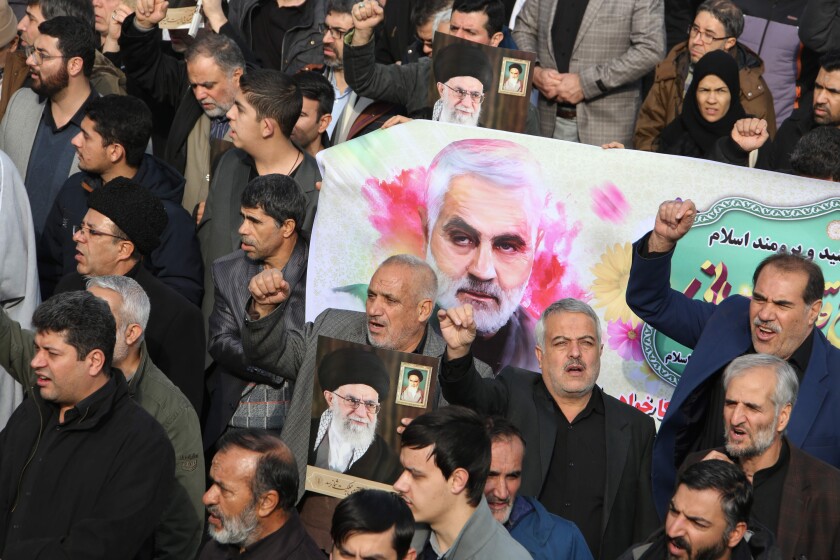
No comments:
Post a Comment